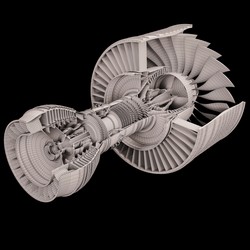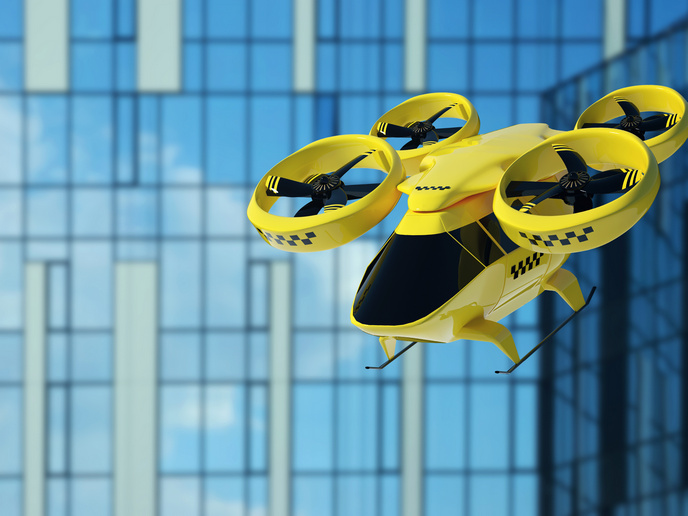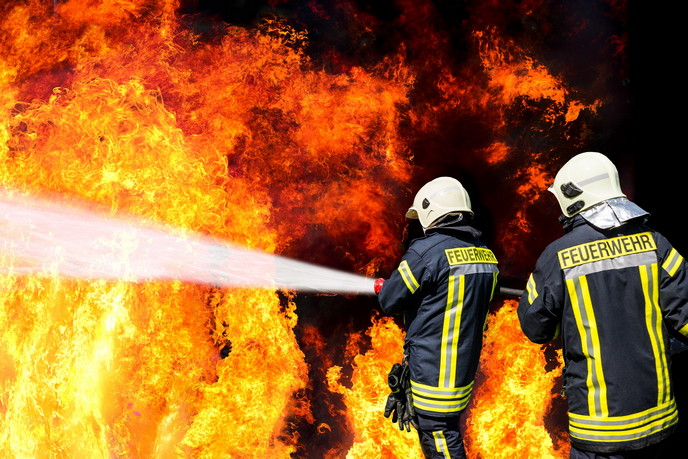New tests on aircraft empennage designs
Within the PLAAT (Aeroacoustic and aerodynamic wind tunnel tests at low speed for a turbofan model equipped with TPS) project, at low speed, a test campaign with two dedicated aeroacoustic and aerodynamic wind tunnel tests in the Large Low-speed Facility of the German-Dutch Windtunnels (DNW-LLF) in the Netherlands was realised for a turbofan model equipped with up to two Turbine Powered Simulators (TPS) engines. An important milestone of the Smart Fixed Wing Aircraft was reached. The tests were performed using a model of a business jet configuration incorporating a U-shaped empennage. The aircraft model was manufactured within the context of another EU-funded project called LOSPA. One TPS engine was provided by ONERA and the other was provided by DNW. The first part of the campaign was dedicated to aerodynamics and was realized in the 8x6m2 closed test section of the LLF wind tunnel. The objective was to study the aerodynamic interaction of various tail configurations with the jet exhaust of the two TPS engines. The second part was dedicated to the aero-acoustic and was performed in the 8x6m2 open jet test section of the LLF wind tunnel. Three lines of far-field microphones and a 4x4m2 large phased microphone array outside of the flow were applied for the evaluation of noise shielding of the U-shaped tails with a single-powered turbofan simulator installed on the LOSPA model. The acoustic near-field was investigated by 4 arrays of instantaneous pressure sensors inside the TPS nacelle. For airframe noise measurements with the unpowered model the TPS was replaced by a through flow nacelle. For reference and calibration purposes additionally the acoustic characteristic of an isolated TPS, installed in a special made support, was measured at wind-off and also at wind-on conditions. PLAAT's tests are a critical step towards the development of future business jet aircraft and the design of engines over horizontal tail configurations.
Keywords
Empennage, turbofan, noise shielding, wind tunnel tests, Smart Fixed Wing Aircraft, business jet







